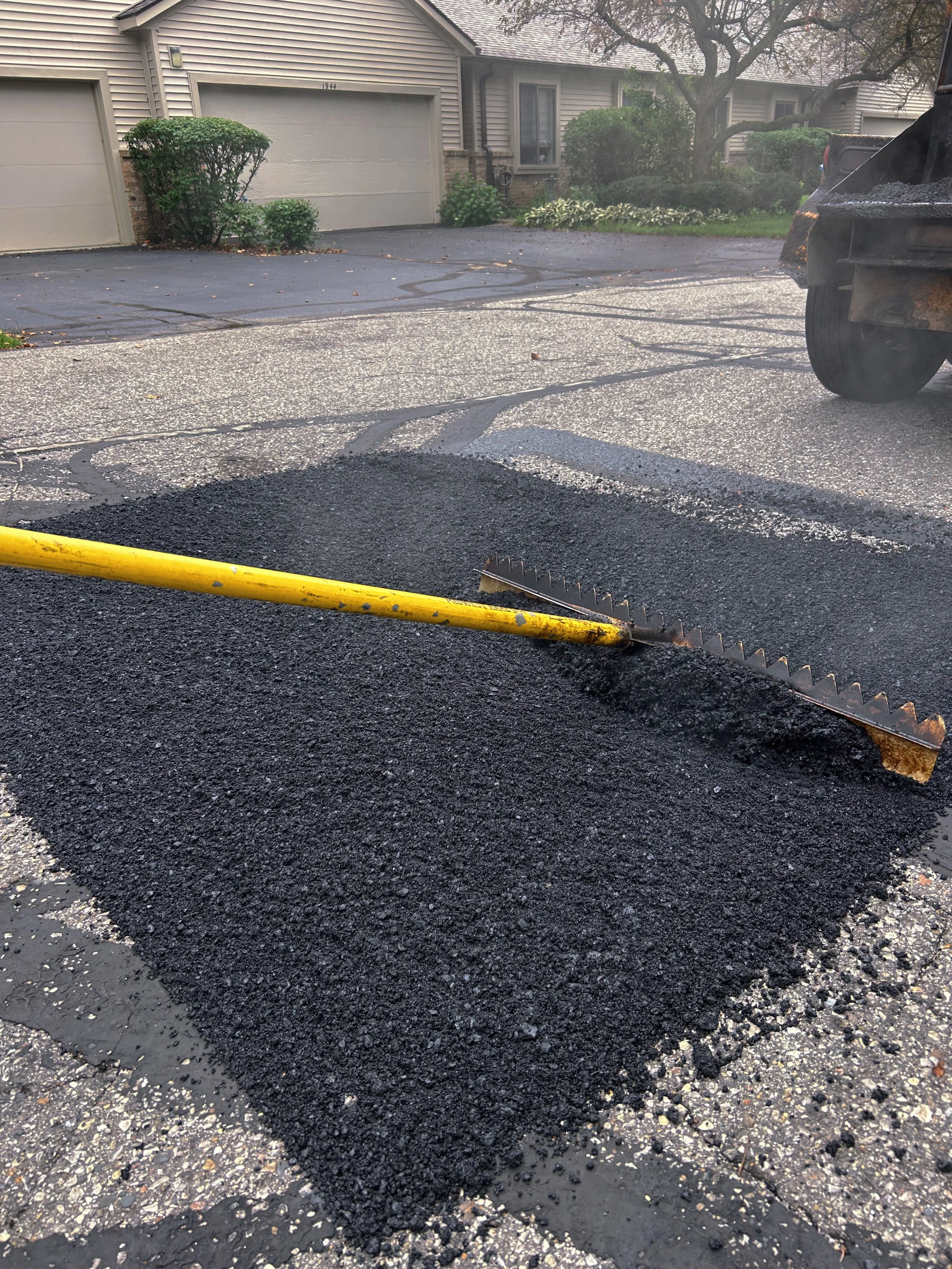How Does Snow Cause Potholes on Asphalt Roads?
As winter approaches, many people know to expect their drives to work to become a bit more uncomfortable. Unfortunately, potholes form for various reasons, one of them being those white flakes that look so good coming down but can cause serious disruptions to our everyday lives. A severe snowstorm almost always results in messy roadways, but why is it that asphalt suffers so much from cracks and potholes? Is there anything that homeowners, business owners, or municipalities can do about it? We have all the answers you need right here!
How the Summer Heat Affects Your Parking Lot
Many parking lot owners believe that winter is the time of year to take active measures to protect their lots from the elements. However, the summer heat can prove as treacherous for their lot’s long-term health as cold weather. With the summer sun bearing down on your asphalt surfaces, what signs should you be aware of that indicate worsening damage, and what are some ways that you can help protect it?





